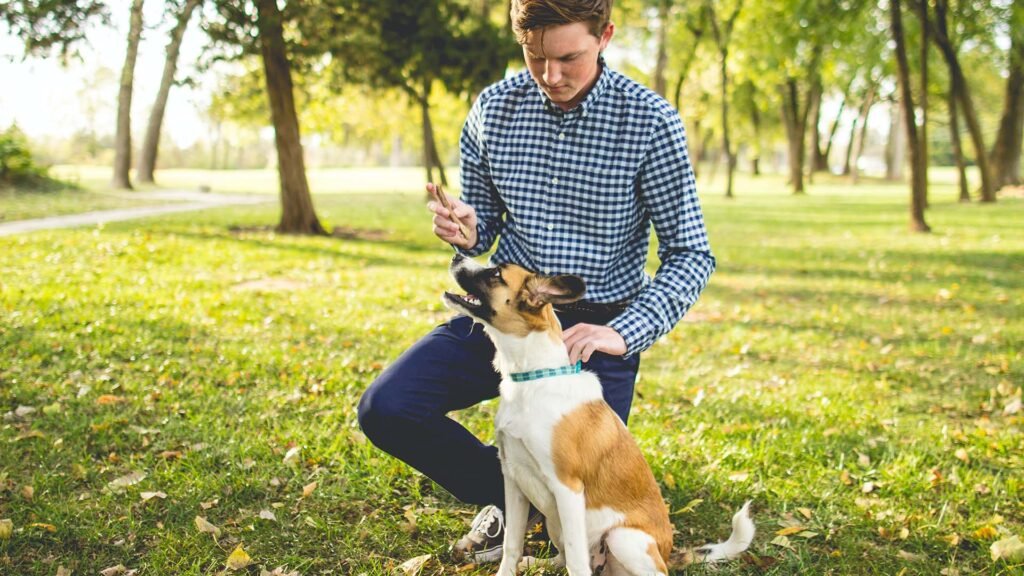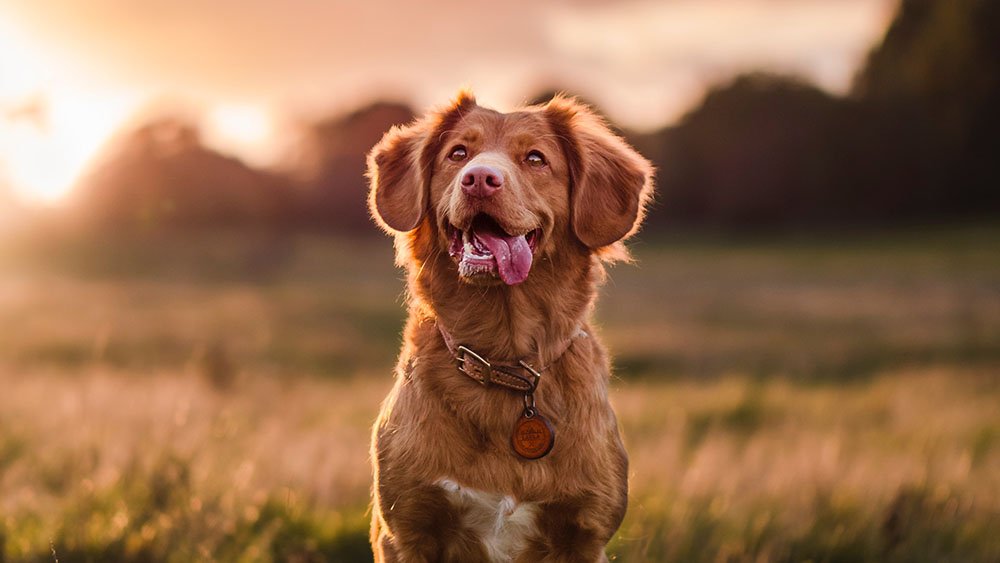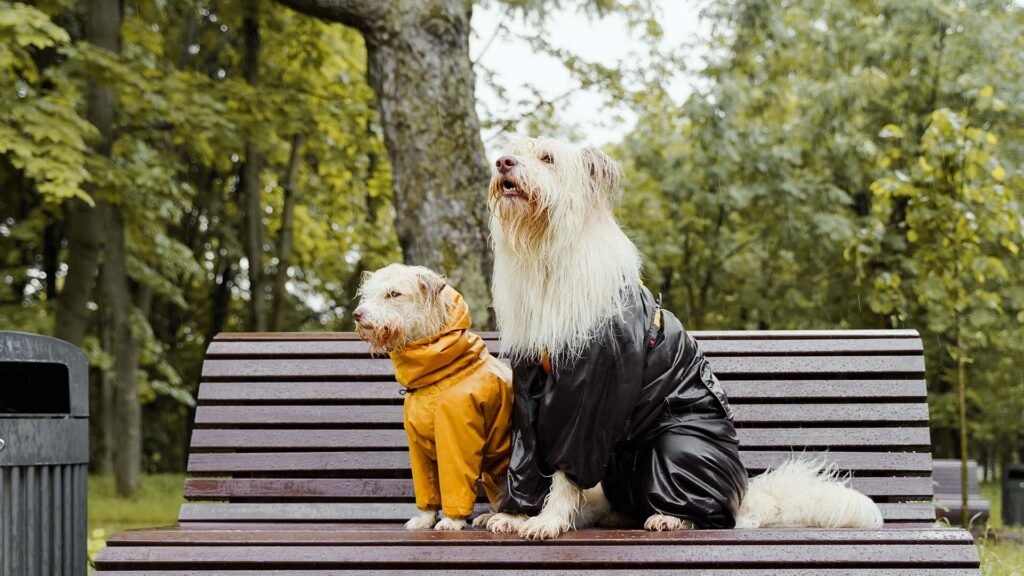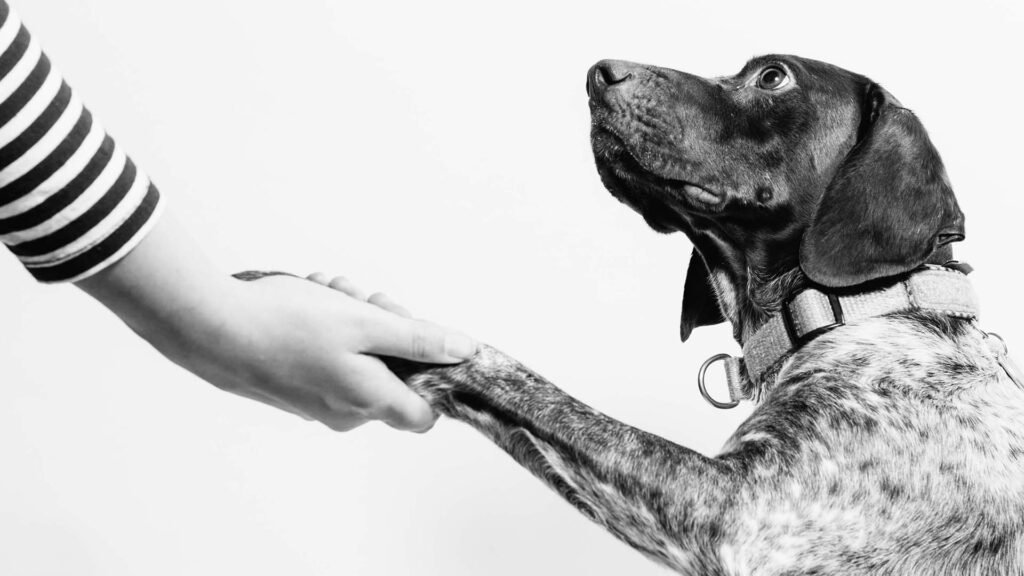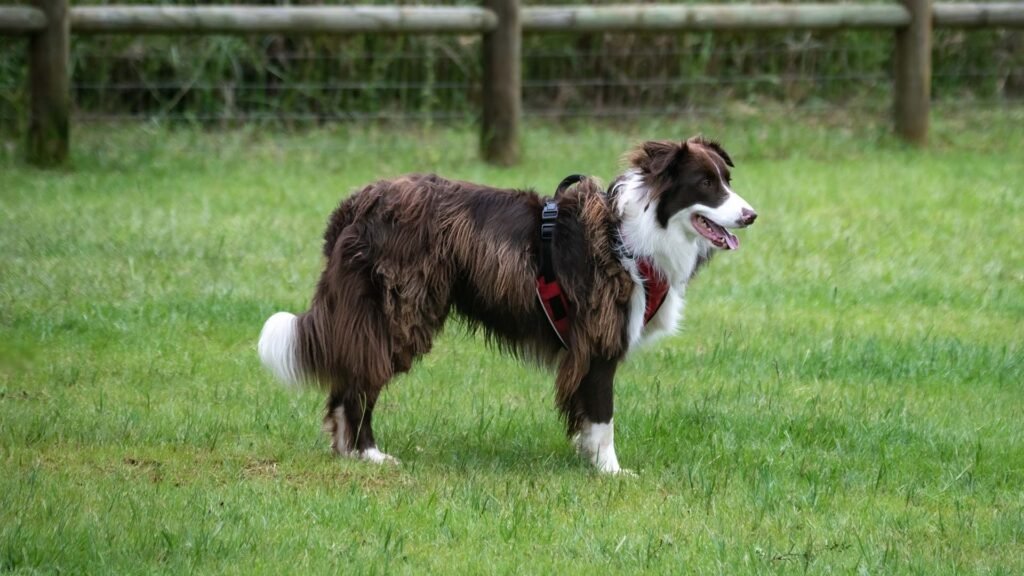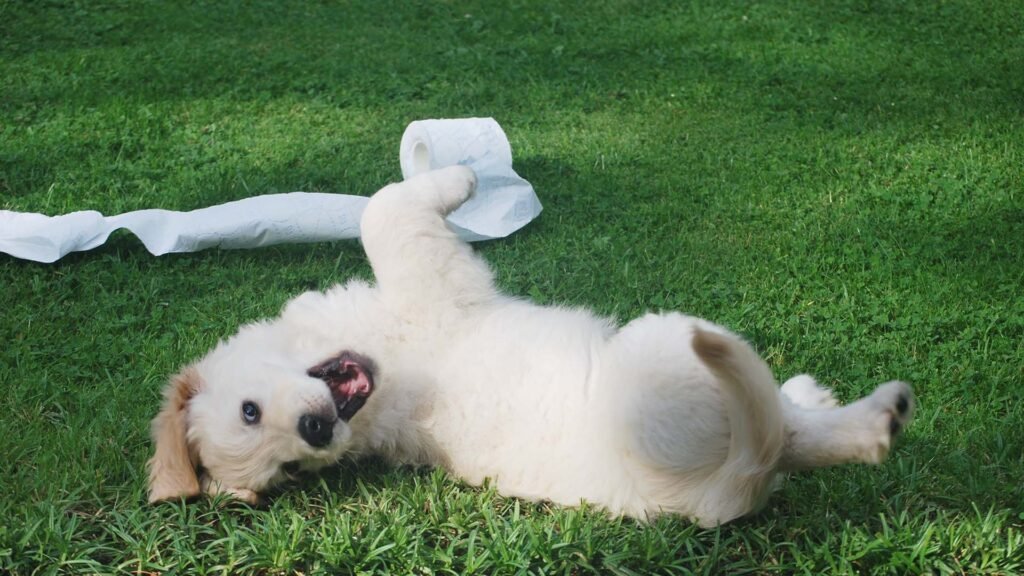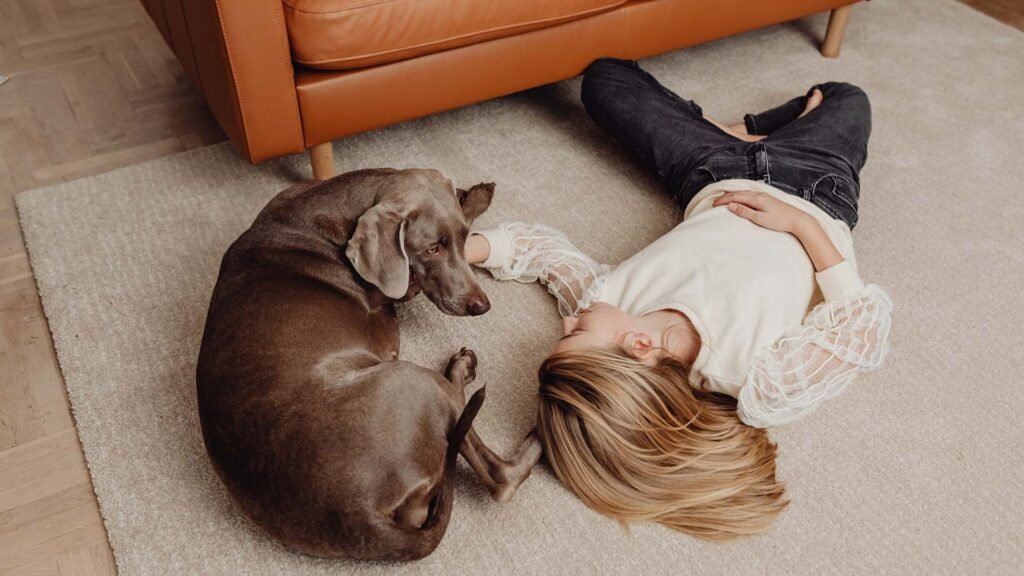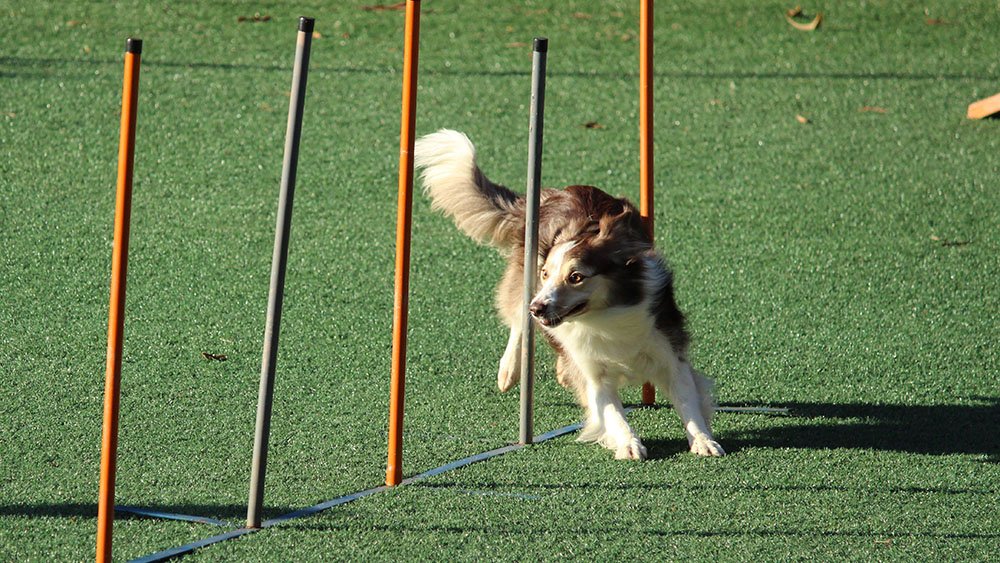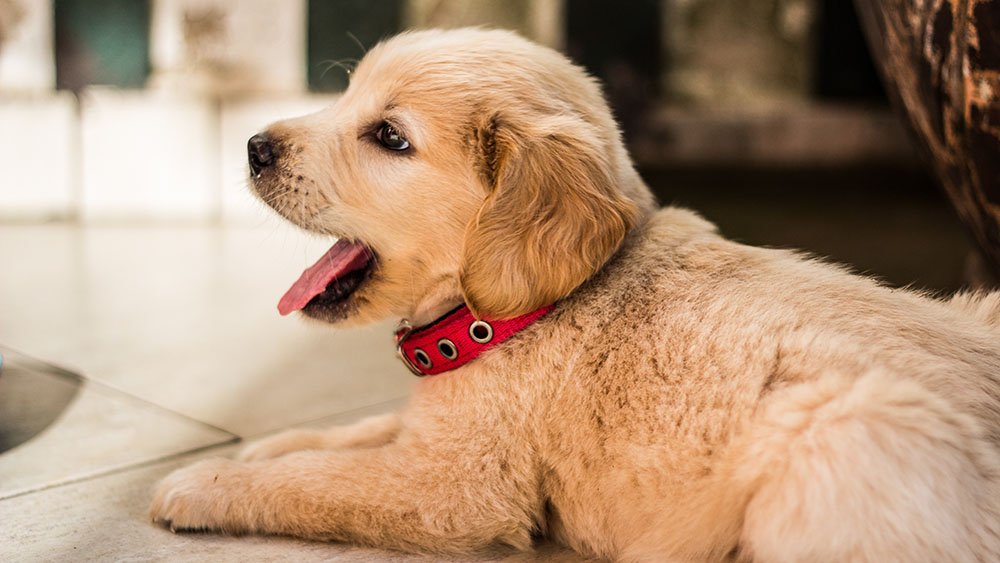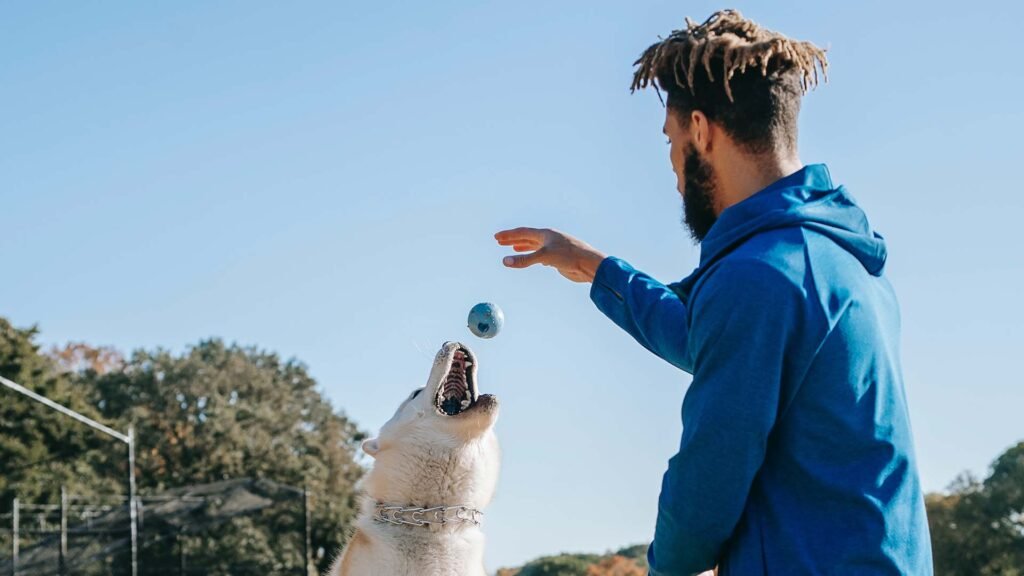Dogs are man’s best friend for a reason. They are loyal, friendly, and make great companions. But in order to get the most out of your dog-human relationship, it is important to train your dog. Dogs are also incredibly smart animals, able to learn tricks and commands quickly. They’ve been known to perform heroic deeds, such as rescuing people from burning buildings or tracking down criminals. And overall, make great pets and companions.
If you’re like most dog owners, you probably realize that your furry friend needs some training in order to be obedient. But how do you go about it? There’s no one-size-fits-all answer, but following these five easy steps can help you get started on the right track.
How To Get Started On Dog Training
In order to start training a dog, one must first understand how dogs learn. Dogs learn through repetition and reinforcement. Positive reinforcement is the best way to train a dog, as it encourages good behavior with rewards such as treats or petting. It is important to be consistent with commands and rewards, and to keep training sessions short and fun for the dog. Old habits can be difficult to break, so it is important to start training a dog early on in its life.
Anyone who has ever wanted a well-behaved dog knows that training is key, but where do you start? This guide will teach you the basics of how to train your dog, from basic obedience commands to solving common behavior issues.
Step 1: Choose The Right Time And Place
Training your dog is a big responsibility, but it can also be a lot of fun. The key to successful training is to find the right time and place to train your dog. Here are a few tips to help you get started.
First, make sure you are both in a good mood. Training your dog when you are angry or frustrated will only lead to disaster. Second, pick a time and place where you can focus on training without distractions. A quiet room in your home is usually best, or an open area like a park or beach. Finally, try to avoid training your dog in a new or unfamiliar place, as this can be difficult for both you and your dog. Another good idea is to try to train your dog before doing anything else to start the day off right for you and your furry pal.
Step 2: Start With Basic Commands
One of the most important things you can do when training your dog is to start with basic commands. This will help them understand what you expect from them and make it easier for them to follow your instructions. There are many different commands that you can teach your dog, but here are a few of the most basic:
Sit: This is one of the easiest commands to teach your dog and is a great way to get them to calm down. To teach your dog to sit, hold a treat in front of their nose and slowly move it up until their head is raised and their butt is on the ground. As soon as their butt hits the ground, say “sit” and give them the treat.
Stay: The stay command is important for keeping your dog safe, especially if they tend to run off when they’re not supposed to.
Come: This is probably the most important command for your dog to learn. If your dog doesn’t come when you call them, it can be a real problem for anyone who lives in your home, as well as other dogs and animals in the neighborhood.
Step 3: Add Distractions Gradually
When it comes to training your dog, adding distractions gradually is key. This helps them learn how to focus in any situation. Begin by adding one new distraction at a time until your dog is responding reliably. Some common distractions include people, other animals, loud noises, and moving objects. It’s important to be consistent with your commands and rewards so that your dog knows what you expect from them. With patience and persistence, you can train your dog to respond reliably in any situation.
4: Use Positive Reinforcement
Positive reinforcement is one of the most effective ways to train your dog. It’s a method that uses rewards, such as treats or praise, to encourage desired behaviors. When used correctly, positive reinforcement can help your dog learn new commands quickly and easily. Here are a few tips for using positive reinforcement when training your dog:
1. Use a variety of rewards – You should use a variety of rewards when training your dog. This will help your dog learn that certain actions can be rewarded with certain items, leading to more reliable and efficient training.
2. Mark your dog’s progress – When you begin training, make a point of marking each stage of your dog’s training with a special reward. This will help your dog remember the lessons you’re teaching him and provide him with motivation to continue on his way to success.
3. Avoid punishment – Using rewards as punishment can lead to your pet becoming fearful of you or the objects associated with training. If you feel you must use physical punishment, be sure that it is for only a short time and always reward your dog after he has been punished.
Step 5: Be Consistent
It is important that when you are training your dog, you remain consistent. This means using the same words and commands each time, and providing a clear understanding of what you expect from your pet. When dogs are inconsistent with their owners, they can become confused and may not perform the desired behavior.
One way to ensure consistency when training your dog is to create a routine. This could include regular walks, feeding times, and play sessions. By establishing a routine, both you and your dog will know what to expect and there will be less room for confusion.
It is also important that you remain patient when training your pet. Dogs learn at different speeds and some may take longer than others to grasp a new command. Be sure to praise your dog when he or she does something correctly and offer treats as a reward.

